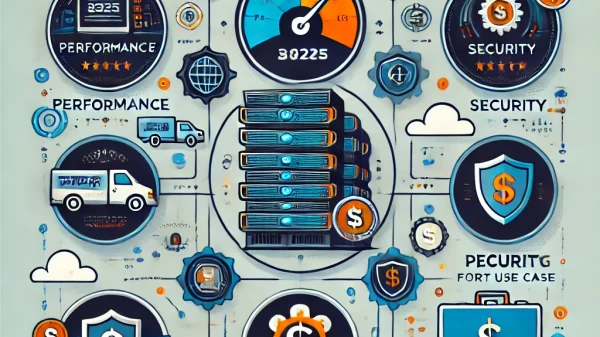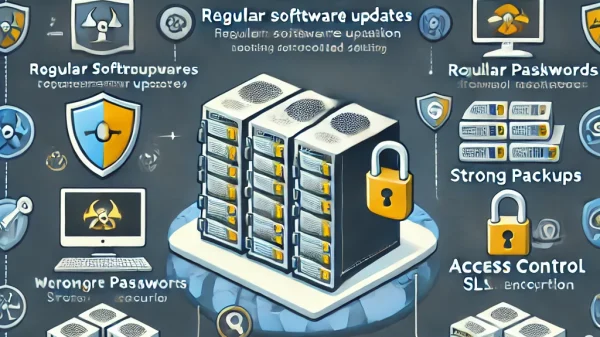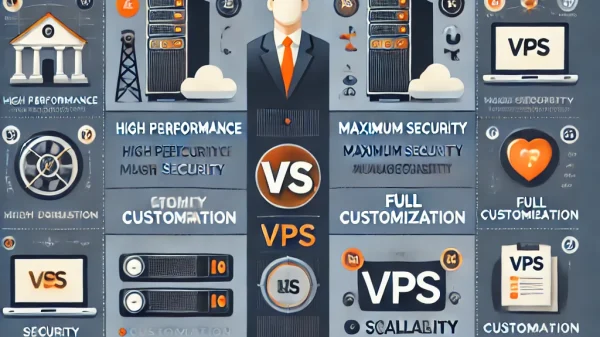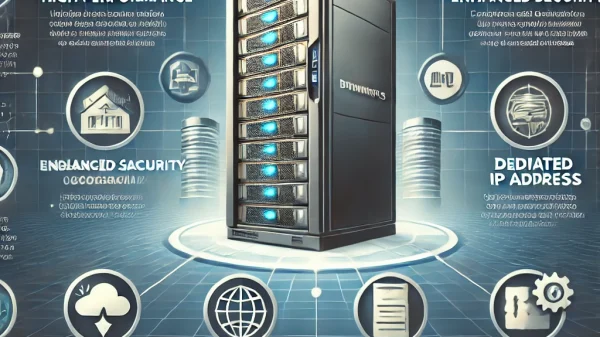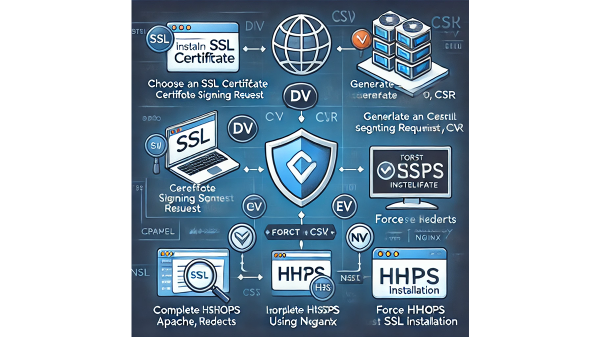Introduction
In today’s digital world, domain names are among the most valuable assets for businesses, brands, and individuals. A domain name represents an online identity, and if it gets compromised, it can lead to financial losses, reputational damage, and even legal issues. To ensure top-tier security, many domain registrars offer a Domain Vault, a premium security feature that provides advanced protection for domain names against unauthorized access, hijacking, and fraudulent transfers.
This article will explore the importance of Domain Vault, how it works, its key features, and why you should consider using it to protect your domains.
| Feature | Description |
|---|---|
| Enhanced Domain Lock | Prevents unauthorized changes to domain settings. |
| Multi-Factor Authentication (MFA) | Requires extra authentication steps to enhance security. |
| Strict Transfer Protection | Blocks unauthorized domain transfers without approval. |
| Real-Time Activity Monitoring | Alerts users about suspicious login attempts or changes. |
| Secure Registrar Access | Restricts access to high-security environments only. |
| Tamper-Proof Protection | Advanced measures like blockchain-based security. |
| 24/7 Security Monitoring | Continuous monitoring by security experts. |
| IP Whitelisting | Allows only trusted IP addresses to access domain settings. |
| Legal & Compliance Protection | Ensures domains comply with regulations and intellectual property laws. |
| Automated Security Updates | Regular patches to protect against new cyber threats. |
What Is a Domain Vault?
A Domain Vault is a high-security domain protection service designed to prevent unauthorized changes, transfers, and hijacks of a domain name. It acts as an extra layer of security for critical domains, ensuring that only authorized users can make modifications. This feature is typically offered by domain registrars as an add-on service to protect domains from cyber threats and malicious activities.
Domain Vault services often include multi-factor authentication (MFA), enhanced domain lock, registrar-level security protocols, and real-time monitoring to ensure that domain names remain under full control.
Why Is Domain Security Important?
Domains are crucial digital assets, and if they are not adequately protected, they become vulnerable to cyberattacks such as:
- Domain Hijacking – Attackers gain control of a domain and redirect it to a different website.
- Unauthorized Transfers – A domain is illegally transferred to another owner.
- Phishing and Spoofing – Hackers use a compromised domain to send malicious emails and conduct scams.
- DNS Attacks – Cybercriminals manipulate domain settings to redirect users to malicious sites.
A Domain Vault service helps mitigate these risks by providing maximum security and ensuring that your domain name remains safe.
Key Features of a Domain Vault
- Enhanced Domain Lock
- Prevents unauthorized changes to domain settings, including name servers and contact details.
- Multi-Factor Authentication (MFA)
- Requires additional authentication steps (such as SMS codes, app-based authentication, or biometrics) before making changes.
- Strict Transfer Protection
- Ensures that domain transfers require explicit authorization and registrar-level approval.
- Real-Time Activity Monitoring
- Alerts domain owners of suspicious login attempts or configuration changes.
- Secure Registrar Access
- Limits access to high-security environments, reducing the risk of insider threats or unauthorized access.
- Tamper-Proof Protection
- Some Domain Vault services offer additional measures such as blockchain-based security to protect domain records.
- 24/7 Security Monitoring
- Round-the-clock monitoring by security experts to detect and prevent threats in real time.
- IP Whitelisting
- Allows only trusted IP addresses to access and manage domain settings.
- Legal and Compliance Protection
- Ensures compliance with industry regulations to protect intellectual property rights and prevent unauthorized domain transfers.
- Automated Security Updates
- Regular security patches and updates to protect against emerging cyber threats.
Who Should Use a Domain Vault?
A Domain Vault is recommended for individuals and businesses that rely on their domain names for critical online operations. It is particularly beneficial for:
- E-commerce websites – To prevent unauthorized access to domains that drive online sales.
- Large corporations – To secure their brand’s domain name from cybercriminals.
- Government and financial institutions – To protect against DNS attacks and phishing scams.
- Technology companies – To safeguard their intellectual property and product domains.
- Bloggers and influencers – To ensure that personal brands remain secure and uncompromised.
How to Set Up a Domain Vault
Setting up a Domain Vault involves a few essential steps:
- Choose a Domain Registrar
- Select a registrar that offers Domain Vault services, such as GoDaddy, Namecheap, Google Domains, or Cloudflare.
- Enable Domain Lock
- Activate the highest level of domain lock to prevent unauthorized changes.
- Set Up Multi-Factor Authentication
- Use a secure authentication method to prevent unauthorized access.
- Enable Transfer Protection
- Restrict domain transfers to authorized users only.
- Monitor Activity Logs
- Regularly check for suspicious login attempts or unauthorized changes.
- Whitelist Trusted IPs
- Limit access to domain settings by allowing only trusted IP addresses.
- Subscribe to Security Alerts
- Enable real-time notifications for domain activity changes.
Conclusion
A Domain Vault is an essential security feature for anyone who wants to protect their domain name from cyber threats and unauthorized transfers. Whether you run a business, a personal blog, or an e-commerce store, securing your domain is crucial for maintaining your online presence and credibility.
By investing in a Domain Vault service, you can safeguard your digital assets and prevent hackers from compromising your domain. Stay ahead of cyber threats and ensure that your domain remains in safe hands!

